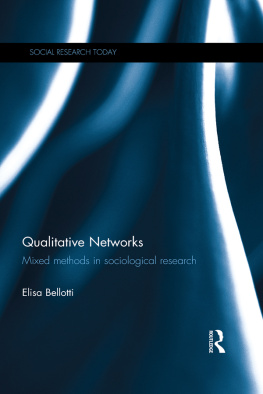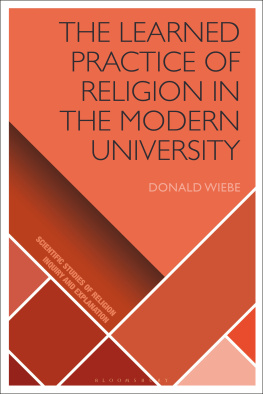Stephanie Beyer - The Social Construction of the US Academic Elite: A Mixed Methods Study of Two Disciplines
Here you can read online Stephanie Beyer - The Social Construction of the US Academic Elite: A Mixed Methods Study of Two Disciplines full text of the book (entire story) in english for free. Download pdf and epub, get meaning, cover and reviews about this ebook. year: 2021, publisher: Routledge, genre: Politics. Description of the work, (preface) as well as reviews are available. Best literature library LitArk.com created for fans of good reading and offers a wide selection of genres:
Romance novel
Science fiction
Adventure
Detective
Science
History
Home and family
Prose
Art
Politics
Computer
Non-fiction
Religion
Business
Children
Humor
Choose a favorite category and find really read worthwhile books. Enjoy immersion in the world of imagination, feel the emotions of the characters or learn something new for yourself, make an fascinating discovery.

- Book:The Social Construction of the US Academic Elite: A Mixed Methods Study of Two Disciplines
- Author:
- Publisher:Routledge
- Genre:
- Year:2021
- Rating:3 / 5
- Favourites:Add to favourites
- Your mark:
The Social Construction of the US Academic Elite: A Mixed Methods Study of Two Disciplines: summary, description and annotation
We offer to read an annotation, description, summary or preface (depends on what the author of the book "The Social Construction of the US Academic Elite: A Mixed Methods Study of Two Disciplines" wrote himself). If you haven't found the necessary information about the book — write in the comments, we will try to find it.
This book explores the stark stratification and struggles over classifications in US academia from a relational perspective, looking beyond material differences and tracing its roots to symbolic power relations. Based on a mixed methods study drawing on both interview and quantitative data, it offers an account of the workings of academia, shedding light on the structures that permit elite departments to define categories and impose legitimate scientific definitions, to which the non-elite must adhere. With a focus on two scientific disciplines, the author shows how the translation of objective structures into mental structures establishes a relationship of power with regard to the definition of scientific categories, thus determining access to resources and opportunities to participate and move within the academic field. A study of the unequal intrusion of economic logics into the academic domain, this volume will appeal to scholars, policy makers and institutional leaders with interests in higher education, inequality within science, academic careers, power relationships and competition in the academy.
Stephanie Beyer: author's other books
Who wrote The Social Construction of the US Academic Elite: A Mixed Methods Study of Two Disciplines? Find out the surname, the name of the author of the book and a list of all author's works by series.





